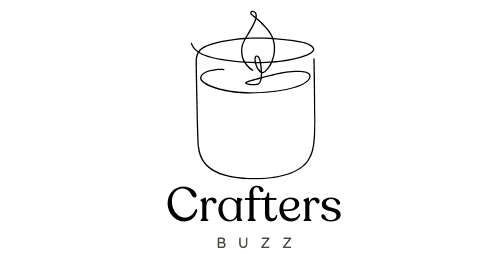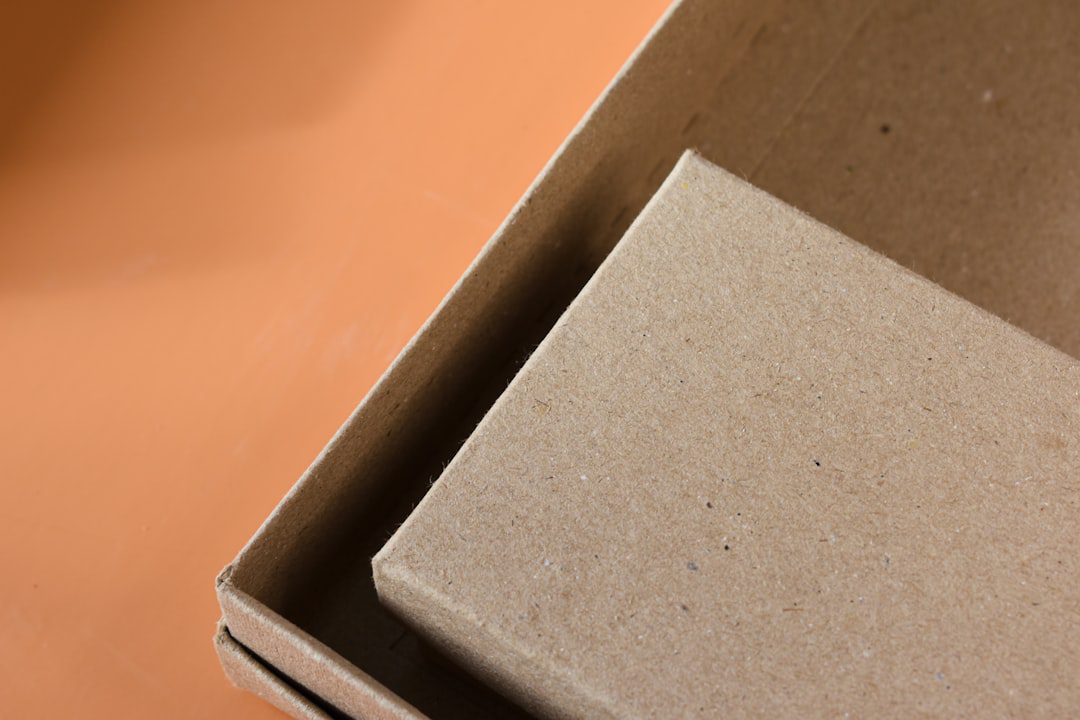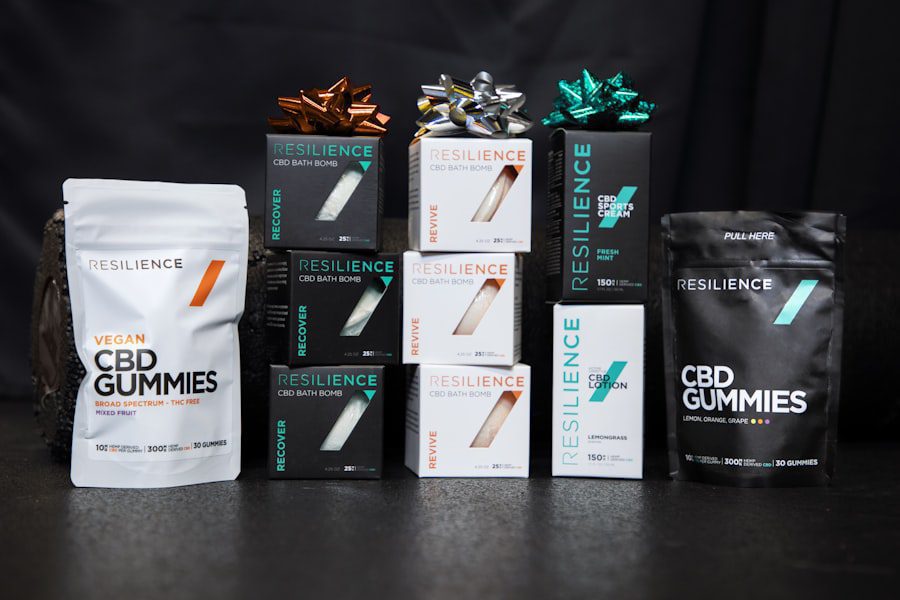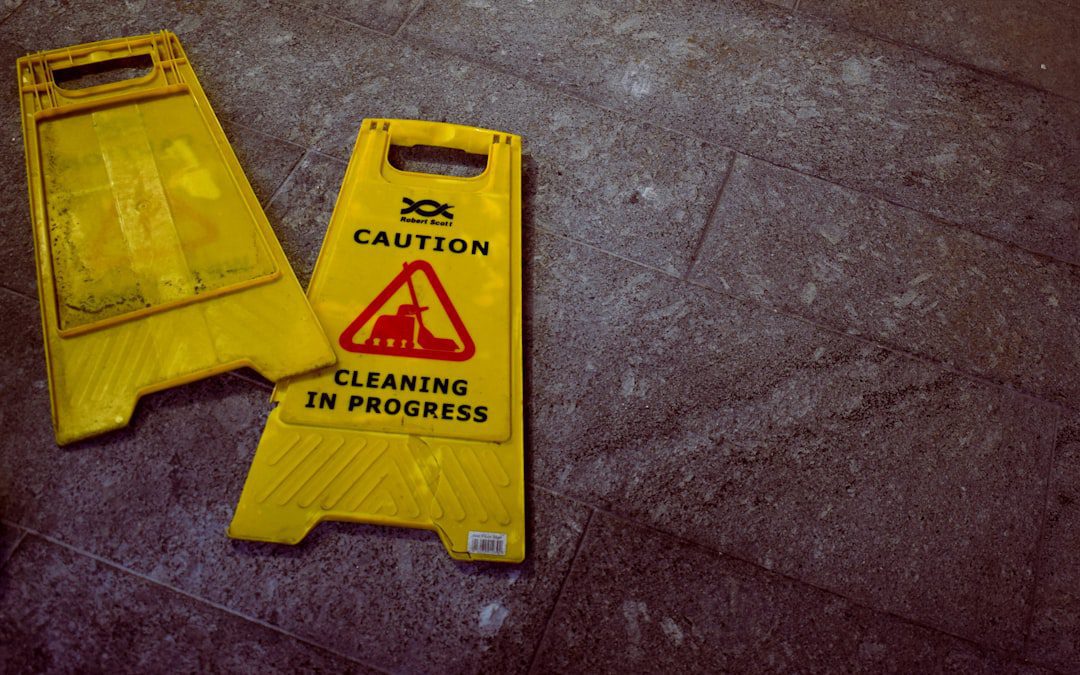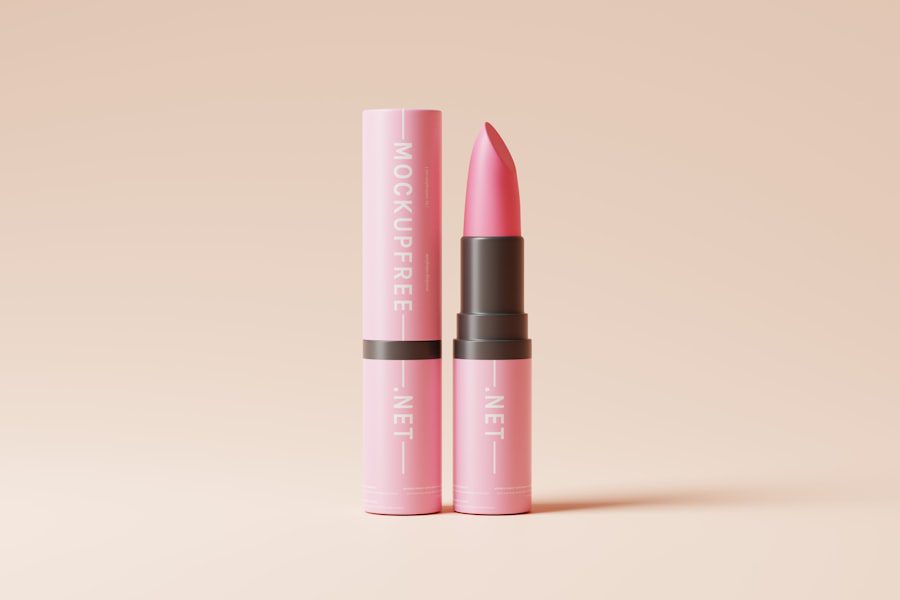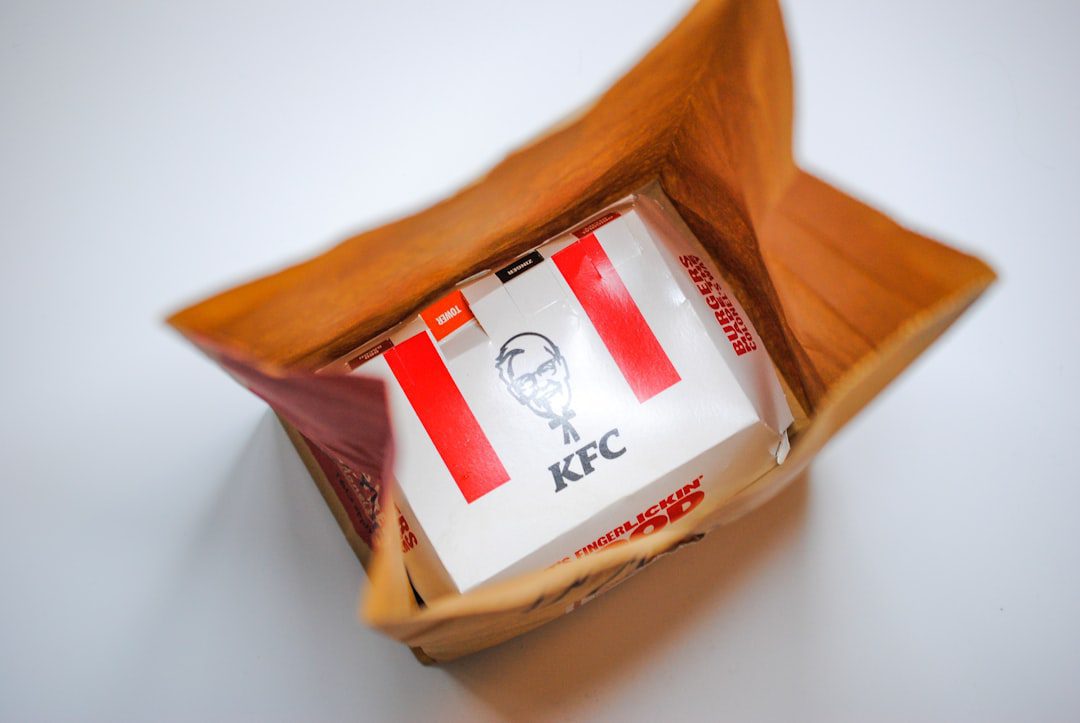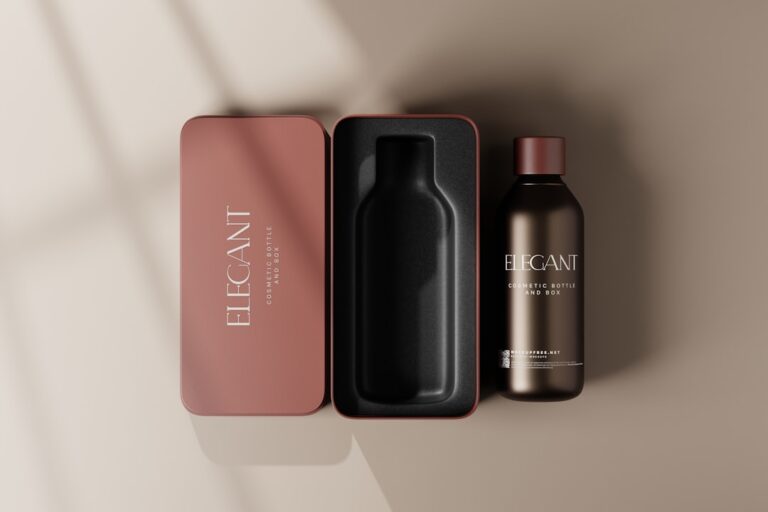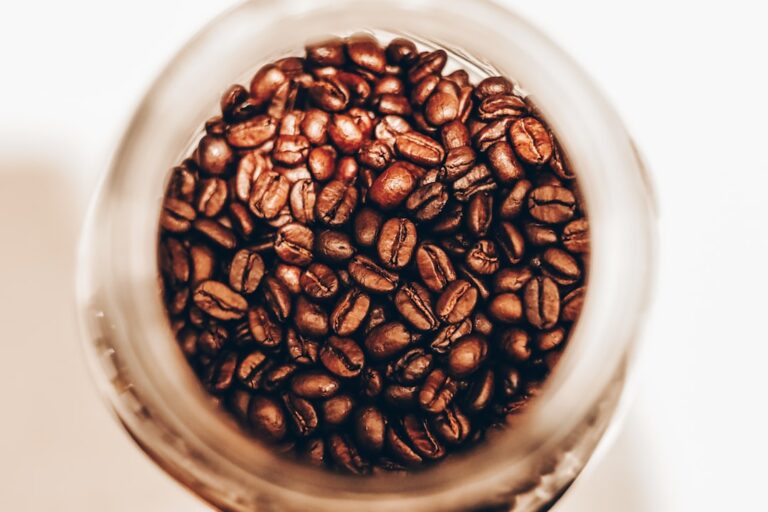How to source biodegradable packaging for an eco-friendly candle brand.
In recent years, the conversation surrounding environmental sustainability has gained significant traction, particularly in the realm of packaging. Biodegradable packaging is increasingly recognized as a crucial component in the fight against pollution and waste. Traditional packaging materials, such as plastics, can take hundreds of years to decompose, contributing to the growing problem of landfill overflow and ocean pollution.
In contrast, biodegradable packaging is designed to break down more quickly and safely, often within a matter of months or years, depending on the material and environmental conditions. This rapid decomposition not only reduces the volume of waste but also minimizes the harmful effects on ecosystems. The importance of biodegradable packaging extends beyond mere waste reduction; it also plays a vital role in consumer perception and brand loyalty.
As awareness of environmental issues rises, consumers are becoming more discerning about the products they purchase and the companies they support. Brands that adopt sustainable practices, including the use of biodegradable packaging, can differentiate themselves in a crowded marketplace. This shift in consumer behavior is not just a trend; it reflects a fundamental change in values, where eco-consciousness is becoming a prerequisite for brand loyalty.
Companies that fail to adapt may find themselves at a competitive disadvantage as consumers increasingly favor brands that align with their environmental values.
Researching Sustainable Material Options
When considering biodegradable packaging, it is essential to explore the various sustainable material options available. A wide range of materials can be classified as biodegradable, including plant-based plastics, paper, and even innovative materials like mycelium or seaweed. Plant-based plastics, such as polylactic acid (PLA), are derived from renewable resources like corn starch or sugarcane.
These materials offer a similar functionality to traditional plastics but with the added benefit of being compostable under industrial conditions. Paper products, particularly those sourced from sustainably managed forests, are another popular choice due to their biodegradability and recyclability. In addition to traditional materials, emerging technologies are paving the way for new biodegradable options.
For instance, mycelium packaging, made from the root structure of mushrooms, is gaining attention for its ability to decompose naturally while providing excellent cushioning properties. Seaweed-based packaging is also on the rise, offering a sustainable alternative that is both edible and biodegradable. Researching these innovative materials not only helps businesses make informed decisions but also positions them as leaders in sustainability within their respective industries.
Evaluating Supplier Certifications and Standards
Once businesses have identified potential biodegradable materials, the next step involves evaluating suppliers based on their certifications and adherence to industry standards. Certifications such as ASTM D6400 and EN 13432 provide assurance that a product meets specific criteria for compostability and biodegradability. These standards are crucial for ensuring that the packaging will break down effectively in appropriate environments, whether that be industrial composting facilities or natural settings.
Moreover, it is essential to consider the overall sustainability practices of suppliers. This includes assessing their sourcing methods, production processes, and commitment to reducing their carbon footprint. Suppliers who prioritize transparency and sustainability are more likely to provide high-quality biodegradable materials that align with a company’s environmental goals.
Engaging with suppliers who have a proven track record in sustainable practices not only enhances product integrity but also strengthens partnerships built on shared values.
Calculating Cost and Budgeting for Biodegradable Packaging
Transitioning to biodegradable packaging often raises concerns about cost implications. While it is true that biodegradable materials can sometimes be more expensive than traditional options, it is essential to conduct a thorough cost analysis that considers long-term benefits. Factors such as waste disposal savings, potential tax incentives for sustainable practices, and increased consumer demand for eco-friendly products can offset initial costs over time.
Budgeting for biodegradable packaging requires a comprehensive understanding of both direct and indirect costs. Direct costs include the price of materials and production adjustments, while indirect costs may encompass marketing efforts to communicate the switch to consumers and potential changes in supply chain logistics. By taking a holistic approach to budgeting, businesses can better assess the financial viability of adopting biodegradable packaging and make informed decisions that align with their sustainability objectives.
Choosing the Right Packaging Design and Size
Selecting the appropriate design and size for biodegradable packaging is critical to ensuring functionality while minimizing waste. The design should not only protect the product but also enhance its appeal to consumers. A well-thought-out design can communicate a brand’s commitment to sustainability while providing an engaging unboxing experience.
For instance, minimalist designs that use less material can reduce waste without compromising on aesthetics or functionality. Size is another crucial factor in packaging design. Overly large packaging can lead to unnecessary waste and increased shipping costs, while undersized packaging may not adequately protect the product during transit.
Conducting thorough testing and analysis can help businesses determine optimal sizes that balance protection with sustainability. Additionally, considering modular designs that allow for efficient stacking and storage can further enhance sustainability efforts by reducing transportation emissions.
Communicating Eco-Friendly Branding and Messaging
Effective communication of eco-friendly branding is essential for engaging consumers and building brand loyalty. Businesses must articulate their commitment to sustainability clearly and authentically through various channels, including packaging itself, social media, and marketing campaigns. Packaging can serve as a powerful tool for storytelling; incorporating messaging about the benefits of biodegradable materials or highlighting certifications can educate consumers about their choices.
Moreover, transparency is key in eco-friendly branding. Consumers are increasingly skeptical of “greenwashing,” where companies exaggerate or misrepresent their environmental efforts. Providing clear information about sourcing, production processes, and end-of-life options for packaging can foster trust and credibility with consumers.
Engaging customers through interactive campaigns or educational content about sustainability can further enhance brand loyalty while reinforcing a company’s commitment to environmental stewardship.
Testing and Sampling Biodegradable Packaging
Before fully committing to biodegradable packaging solutions, businesses should conduct thorough testing and sampling to ensure that the materials meet their functional requirements. This process involves evaluating factors such as durability, shelf life, and performance under various conditions. For instance, food products may require packaging that maintains freshness while being compostable or recyclable.
Sampling different biodegradable materials allows companies to assess how well they perform in real-world scenarios. Feedback from customers and stakeholders during this testing phase can provide valuable insights into potential improvements or adjustments needed before launching a new packaging line. Additionally, collaborating with third-party testing facilities can offer an unbiased evaluation of material performance, ensuring that businesses make informed decisions based on empirical data.
Implementing Sustainable Packaging Practices in Supply Chain
Integrating sustainable packaging practices into the supply chain requires a strategic approach that encompasses all aspects of operations. This includes collaborating with suppliers who prioritize sustainability, optimizing logistics to reduce carbon emissions associated with transportation, and training employees on best practices for handling biodegradable materials. By fostering a culture of sustainability within the organization, businesses can ensure that eco-friendly practices are consistently applied throughout their operations.
Moreover, monitoring and evaluating the impact of sustainable packaging initiatives is crucial for continuous improvement. Establishing key performance indicators (KPIs) related to waste reduction, cost savings, and consumer engagement can help businesses track progress over time. Regular assessments allow companies to identify areas for enhancement and adapt their strategies accordingly.
By embedding sustainability into the core of their supply chain operations, businesses not only contribute positively to the environment but also position themselves as responsible leaders in their industries.
If you’re looking to create your own eco-friendly candle brand, sourcing biodegradable packaging is crucial. One helpful resource to consider is a step-by-step guide on Crafters Buzz that provides detailed instructions on making layered candles. This article can inspire you to create unique candles while also emphasizing the importance of using sustainable materials. Additionally, exploring the Crafters Buzz website can offer more insights and ideas for your candle brand. Understanding the journey of candlemaking, from tallow to paraffin, as discussed in another article on Crafters Buzz, can also help you make informed decisions about the materials you use in your products.
FAQs
What is biodegradable packaging?
Biodegradable packaging is packaging that can be broken down and decomposed by natural processes, such as bacteria or fungi, into natural elements like water, carbon dioxide, and biomass.
Why is biodegradable packaging important for an eco-friendly candle brand?
Biodegradable packaging is important for an eco-friendly candle brand because it reduces the environmental impact of the brand’s products. Traditional packaging materials like plastic can take hundreds of years to decompose, contributing to pollution and waste. Biodegradable packaging helps minimize this impact.
What are some examples of biodegradable packaging materials?
Some examples of biodegradable packaging materials include recycled paper, cardboard, biodegradable plastics made from plant-based materials like corn or sugarcane, and compostable materials like bamboo or bagasse.
How can a candle brand source biodegradable packaging?
A candle brand can source biodegradable packaging by working with suppliers who specialize in eco-friendly packaging materials. They can also look for certifications like “compostable” or “biodegradable” to ensure the packaging meets environmental standards.
Are there any challenges in sourcing biodegradable packaging for a candle brand?
Some challenges in sourcing biodegradable packaging for a candle brand may include availability, cost, and finding packaging materials that are both biodegradable and suitable for protecting the candles during shipping and storage. It may require some research and trial and error to find the right biodegradable packaging solution.
